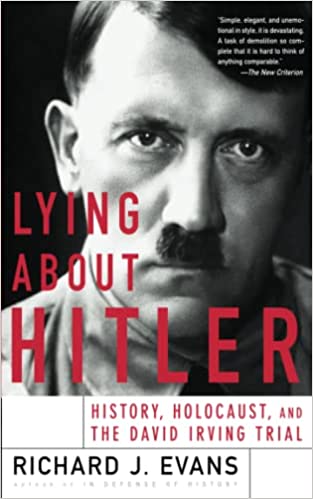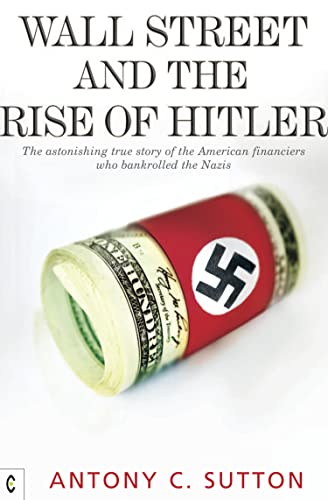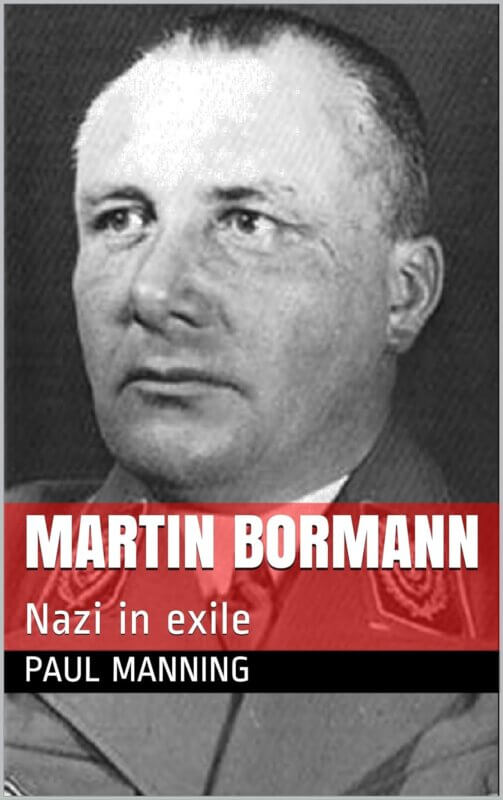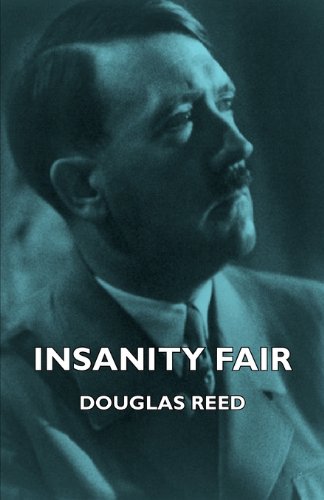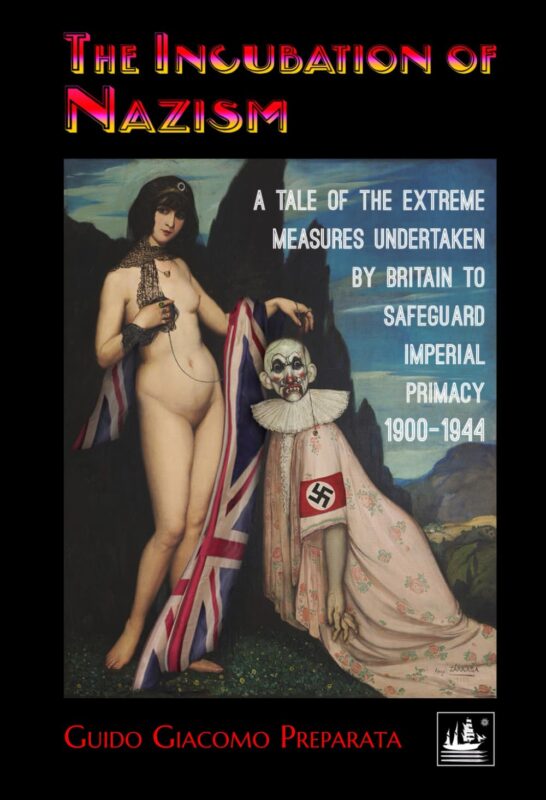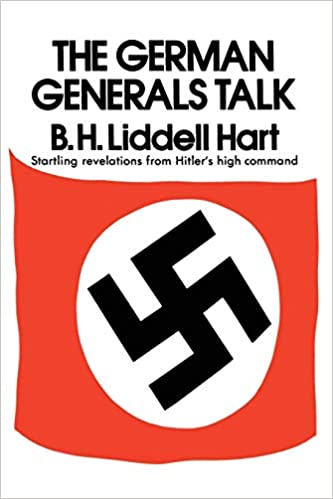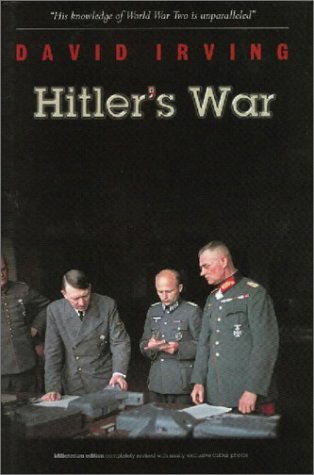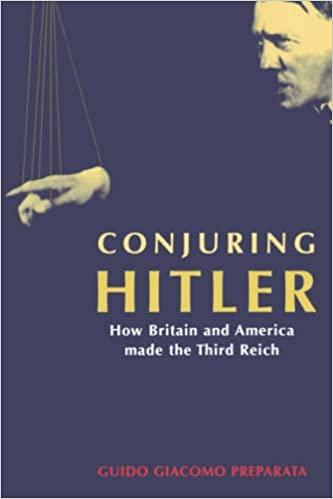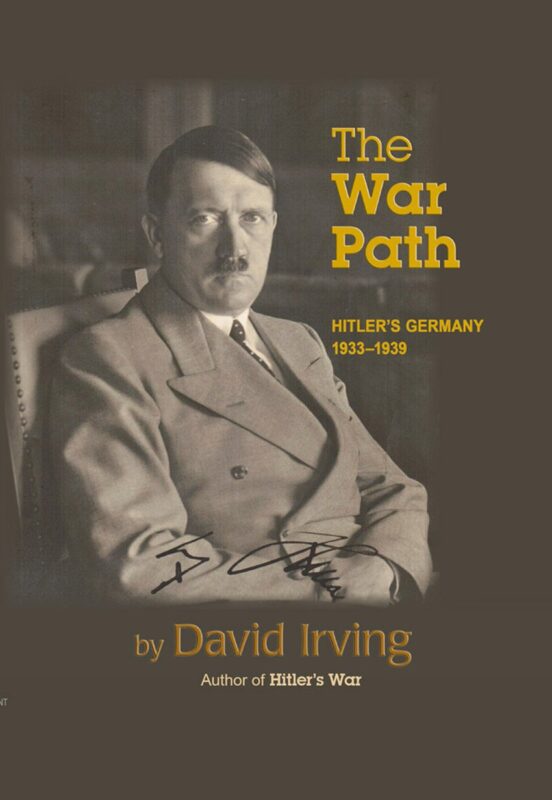
This book narrates one man’s path to war – Adolf Hitler’s. The narrative ends at the precise moment when the companion volume, Hitler’s War, begins: the evening of 3 September 1939, as he leaves his Berlin Chancellery for the Polish warfront. Like that volume, The War Path also tries to describe events from behind the Führer’s desk, and to see and understand each episode through his eyes. The technique necessarily narrows the viewpoint, but it does help to explain otherwise inexplicable decisions. Nobody that I know of has attempted this before, but to me it seemed worth all the effort: after all, Hitler’s war sucked in one country after another, left forty million dead and caused all Europe and half of Asia to be wasted by fire and explosives; it destroyed Hitler’s Third Reich, bankrupted Britain and lost her her empire, and brought lasting disorder to the world’s affairs; it saw the entrenchment of communism in one continent, and its emergence in another.
I have approached the main narrative in logical chronological sequence. How Hitler actually came to power in 1933 is merely outlined here – the topic has been proficiently covered by others, particularly Karl Dietrich Bracher and Wolfgang Sauer. The focus of my research fell on his years of power, and from 3 February 1933, when Hitler tells his generals in secret of his ambition to launch a war of imperial conquest in the east as soon as Germany is able, the detail thickens and the colour becomes enriched.
Fieldwork can be expensive and unrewarding, though it always carries with it the exhilarating hope of sudden revelation. It is an acquired taste. It means bargaining for years with governments like that of East Germany for permission to search for buried documents; it means long separations from wife and family, sleeping on overnight trains, and haggling with retired generals and politicians or their widows, to part them temporarily from their carefully guarded caches of diaries or letters. It means leafing through hundreds of thousands of pages of filthy paper in remote and chilly archives, intuitively registering egregious facts in the hope that some of them may, perhaps, click with facts found years later in another file five thousand miles away.
In writing this volume I have obtained a number of little-known but authentic diaries of people in Hitler’s entourage, including an unpublished segment of Alfred Jodl’s diary; the official diary kept for OKW chief Wilhelm Keitel by his adjutant Wolf Eberhard, and Eberhard’s own diary, 1936–9; the diary of Nikolaus von Vormann, army liaison officer to Hitler during August and September 1939; and diaries kept by Martin Bormann and by Hitler’s personal adjutant, Max Wünsche, relating to the Führer’s movements. In addition I have used the unpublished diaries of Fedor von Bock, Erhard Milch, Wilhelm Leeb, Ernst von Weizsäcker, Erwin Lahousen and Eduard Wagner. Many of these men wrote revealing private letters, too – Frau Elisabeth Wagner gave me some two thousand pages of Eduard Wagner’s letters, significant sections of which turned out to have been omitted from their published version. Christa Schroeder, Hitler’s secretary, also made available to me important contemporary papers, while Julius Schaub’s family let me copy all his manuscripts and writings about his twenty years as Hitler’s senior aide. I believe I am the first biographer to have used the papers of Herbert Backe, a state secretary in the Nazi government; I am certainly the first to have explored the diaries, notebooks and papers of Fritz Todt, builder of Hitler’s autobahns and his first munitions minister, through the kindness of his daughter, Ilsebill Todt.
Some of the most revealing documents used exclusively here in The War Path are the private manuscripts written by General von Fritsch, which I obtained from a Soviet source; they relate the entire Blomberg–Fritsch crisis of 1938 through Fritsch’s own eyes. No former Hitler employee whom I approached declined to grant me interviews; from the various government archives I obtained detailed interrogation reports on many of them, too. All these records are now part of the Irving Collection in the Institute of Contemporary History in Munich, available with some exceptions to other researchers. There, too, researchers will find the line-by-line annotations originally prepared for this book (some 1,500 pages of source notes!); these were dispensed with in this volume for reasons of space, but where I anticipate that the reader will definitely want to know more, I do point – at the back of the book, from page 465 – to some of the more noteworthy sources that I have tapped. Second World War researchers will find that many of the special microfilms of materials that I prepared while researching this book are now available through E. P. Microforms Ltd., East Ardsley, Wakefield, Yorkshire, England.
There have been sceptics who questioned whether the heavy reliance on – inevitably angled – private sources is any better as a method of investigating Hitler’s career than the more traditional quarries of information. My reply is that it would, equally, be wrong to deny the value of such private sources altogether.
I make no apology for having revised the existing picture of Adolf Hitler. The postwar world’s view of him has been so conditioned by our own propaganda against him that only the cartoon caricature of him prevails; hence any account based on authentic records of the era is bound to enhance history’s view of him in some respects – although it will detract from it in many others. I have tried to accord him the kind of hearing that he would have got in an English court of law – where the normal rules of evidence apply, but also where a measure of insight is appropriate.


